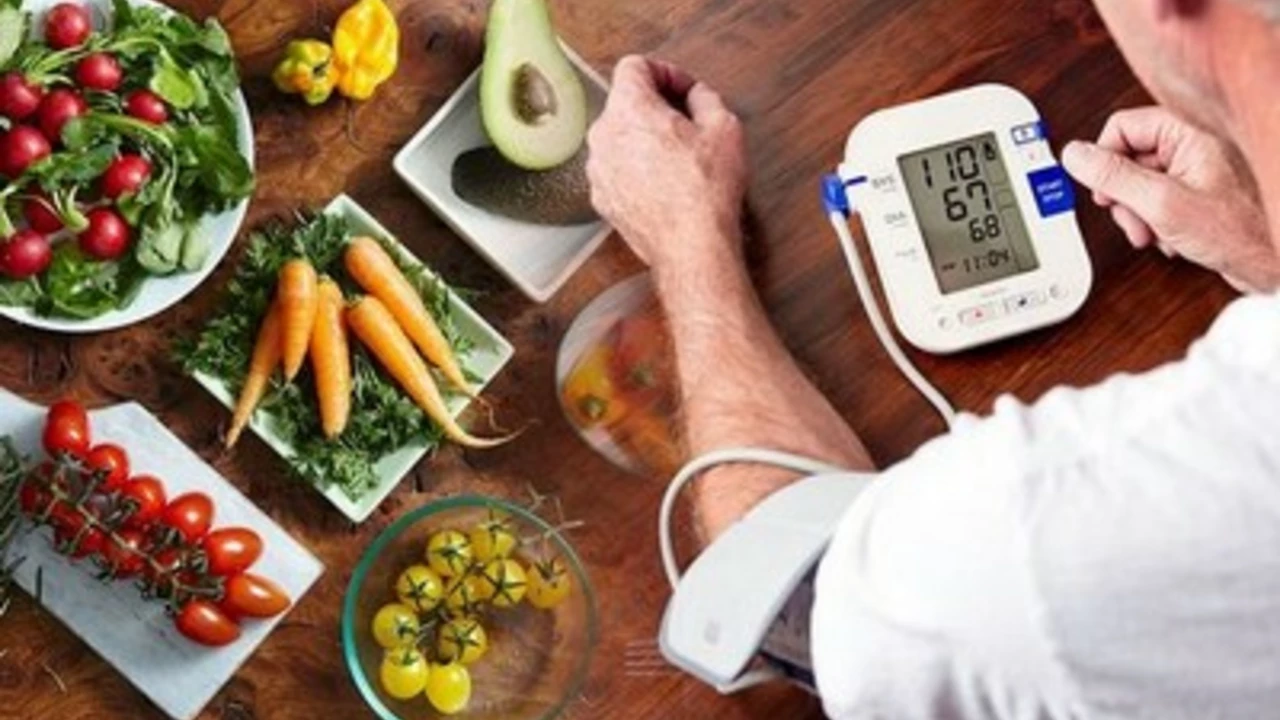Blood pressure
Blood pressure isn't just a number on a chart. It tells you how hard your heart works and affects your risk for stroke, heart attack, and kidney problems. This page collects practical articles from Medzino to help you understand, measure, and manage blood pressure safely.
Want quick answers? Start by learning how to check your BP at home, which medicines affect it, and how to handle prescriptions, especially if you buy meds online. We have guides about diuretics like Lasix, alternatives to Lasix, SGLT2 drugs like Forxiga, and advice for people on blood thinners such as Eliquis who travel.
Quick tips to measure BP at home
Use a validated automatic cuff on your upper arm. Sit quietly for five minutes before measuring. Keep your feet flat and your arm supported at heart level. Take two readings one minute apart and record both. Measure at the same times each day - once in the morning and once at night gives a good trend. Bring your log to doctor visits so they see real patterns instead of one-off readings.
When meds and doctors matter
Many drugs change blood pressure. Diuretics (water pills) lower volume; ACE inhibitors and ARBs relax vessels; some diabetes meds also affect BP. Never change doses without talking to your clinician. If you miss a dose, check the medicine guide or a site article like our Eliquis travel Q&A for specific tips. If you buy meds online, pick reputable pharmacies, keep prescriptions, and read reviews. Medzino posts explain safe online ordering and import rules.
Lifestyle changes often help. Cut back on salt, move more, lose a little weight, limit booze, and manage stress. Even small changes can drop systolic pressure by several points. If lifestyle steps don’t reach your target, medicines often add the needed control.
Know red flags. Seek immediate care for sudden severe headache, confusion, chest pain, shortness of breath, or numbness. If your pressure hits 180/120 or higher, you need urgent attention even without other symptoms.
If you use loop diuretics like furosemide (Lasix), watch hydration and potassium. Our Lasix guide and the article on alternatives explain benefits and risks. For people ordering meds online, read our best‑rated pharmacy lists and safety guides to avoid fake or wrong products.
Tracking matters. Log readings, symptoms, and medications. Share these with your provider so they can choose the right drugs and doses. Ask about interactions if you take antibiotics, antivirals, or supplements - some change BP or alter how meds work.
Browse the linked posts on this page for deep dives: medication guides, safe online pharmacies, travel advice for blood thinners, and alternatives to common BP drugs. Pick one topic, read the short practical guide, and use the tips during your next doctor visit.
If you're tracking numbers and lifestyle but still see high readings, ask about ambulatory monitoring or home BP device validation. Some white-coat hypertension needs no treatment, while masked hypertension can hide risks. Work with your clinician to make a clear plan and follow-up visits.

The Role of Weight Management in Controlling Hypertension
As a blogger, I've recently researched the significant role weight management plays in controlling hypertension. It's clear that maintaining a healthy weight is essential, as being overweight or obese increases the risk of developing high blood pressure. By adopting a balanced diet and incorporating regular exercise, we can effectively manage our weight and reduce the risk of hypertension. Additionally, losing even a small amount of weight can significantly lower blood pressure levels. It's crucial to prioritize weight management not only for a healthy heart but also for our overall well-being.
